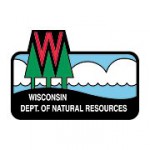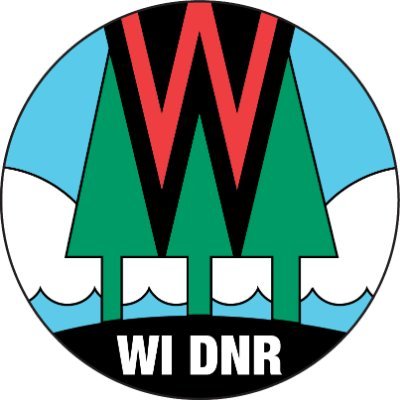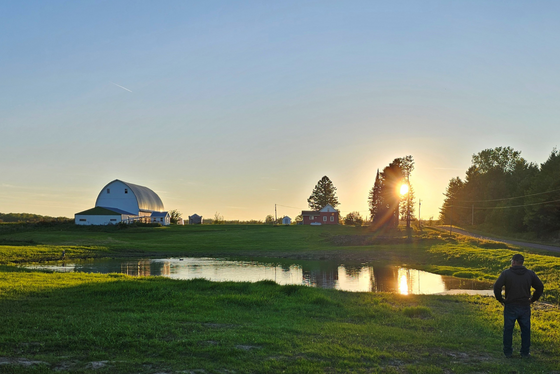Ruffed Grouse West Nile Virus Test Results Now Available
MADISON, Wis. – The Wisconsin Department of Natural Resources (DNR) has received the 2019 test results from the second year of the ruffed grouse West Nile virus (WNV) surveillance project.
Results from the blood samples collected from harvested ruffed grouse in 2019 indicate that 20% of the Wisconsin submitted samples had antibodies consistent with WNV exposure. Of these samples, 9% showed confirmed WNV and 11% showed likely exposure. None of the 188 samples had evidence of the virus present in their hearts.
“These findings indicate that while ruffed grouse are being exposed to WNV, there are birds that are surviving and clearing the virus from their bodies,” said Alaina Gerrits, Wisconsin DNR Assistant Upland Game Ecologist.
“We are grateful to the passionate grouse hunters of Wisconsin who took the time to submit samples from their harvested birds. Without their support, this study would not be possible,” said Gerrits.
Hunter-submitted samples underwent two types of testing to help determine if the birds were exposed to WNV. First, a test to look for traces of viral genetic material in heart tissue. And second, a blood test to determine if the grouse had developed an immune response from exposure to the virus. Similar to humans, ruffed grouse can develop antibodies as an immune response to viruses they encounter. When the body fights off WNV, these antibodies can be found in the blood.
In fall 2019, Wisconsin hunters assisted in the collection and submission of 188 of the 752 samples submitted by the three participating states. Hunters who submitted samples and provided contact information will be provided test results via email as soon as possible regardless of whether results were negative or positive.
n 2018, 29% of the 235 samples submitted had antibodies to WNV either confirmed or likely, and two had evidence of the virus present in their hearts. Both of these birds had also developed antibodies to the virus and the results do not directly indicate these two birds were sick at the time of harvest.
The study may help identify future research needs in Wisconsin, such as a potential survival study to investigate sources of mortality, with WNV being one of many stressors examined.
[inarticlead ad=”UM-In-Article-2″IMosquitos spread WNV and its effects on birds can vary. Signs can range from no clinical disease or illness to heart lesions and inflammation of the brain, the lining of the brain and of the spinal cord. Many factors can influence how severely the virus affects an individual bird. There is no evidence that it can be spread by handling dead birds or by consuming properly cooked game.
In Michigan, West Nile virus exposure from 2019 samples was detected in 8% of the 247 ruffed grouse blood samples with exposure to the virus either confirmed (7% or 3%) or likely (13% or 6%). Viral genetic material was found in one heart sample.
In Minnesota, exposure was detected in 12% of the 317 blood samples submitted. Exposure to the virus either confirmed (3% or 1%) or likely (36% or 11%). Viral genetic material was not found in any of the Minnesota heart samples.
West Nile Virus was first detected in Wisconsin in 2002 and identified in the state’s ruffed grouse population in 2018. Although no ruffed grouse were submitted for testing prior to 2018, it is likely that they had been previously exposed to the virus.
For fall 2020, the DNR is relying on hunters who currently possess unused sampling kits from previous years to fill them and send them in for processing. The DNR will not be distributing any new kits this fall due to COVID-19 operational changes. Hunters who have an unused kit and are not able to fill it are encouraged to consider giving it to a friend who can.
The continued focus on habitat management for ruffed grouse is the best method to mitigate potential disease impacts on the population. The Great Lakes region contains some of the most extensive early-successional forest habitat and healthiest ruffed grouse populations in the nation. The Wisconsin DNR is currently working with partners to develop a long-term management strategy for ruffed grouse in Wisconsin.
NOTE: This press release was submitted to Urban Milwaukee and was not written by an Urban Milwaukee writer. While it is believed to be reliable, Urban Milwaukee does not guarantee its accuracy or completeness.























